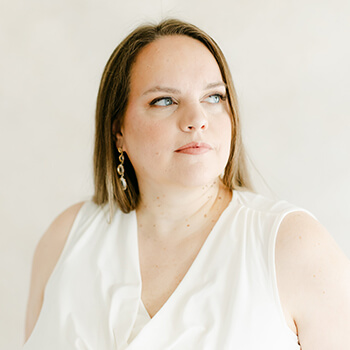When someone first hears about sandtray therapy, the most common reaction is a raised eyebrow. “You want me to play with tiny toys? In sand?” It might sound like child’s play, but the truth is far more profound. Sandtray therapy is a powerful, brain-based healing modality that helps people access deep, often unspoken wounds—especially when traditional talk therapy just isn’t enough.
Trauma Isn’t Just in the Mind—It’s in the Body
Many people who come to therapy after experiencing trauma are frustrated. They’ve done the journaling. They’ve talked it out. But something still feels stuck. That’s because trauma isn’t only a memory—it lives in the nervous system. It’s stored not just in what we remember, but in how our body reacts, how our emotions show up, and how our brain processes the world.
Why Words Aren’t Always Enough
The left side of our brain is logical and verbal. It’s where language lives. But the right side is visual, emotional, and sensory. And when we’re overwhelmed by trauma, the right brain often holds the images and sensations of what happened—without language to explain it.
This is where talk therapy can hit a wall. If someone can’t put their experience into words, how do they heal it? That’s where sandtray comes in.
What Happens in a Sandtray Session?
In a sandtray session, you choose from a collection of miniatures—figures, objects, symbols—and place them in a tray of sand to create a scene. It sounds simple, but the subconscious knows what to do. The tray becomes a mirror of your inner world.
It’s not about creating a beautiful diorama. It’s about letting your right brain speak through symbolism and story. The process activates sensory awareness, emotion, and nonverbal memory. In many cases, this is where long-stuck trauma begins to release.
The Science Behind the Sand
Sandtray therapy works because it engages both hemispheres of the brain. The tactile nature of the sand activates the sensory system. The visual placement of symbols taps into emotional memory. And when paired with modalities like EMDR (Eye Movement Desensitization and Reprocessing), it creates an integrative experience that accelerates healing.
Who Is It For?
Everyone. Yes, even adults who say, “I’m too old for this.” In fact, some of the most powerful breakthroughs I’ve witnessed have come from grown adults who allowed themselves to step into the tray with curiosity and courage.
Sandtray is especially effective for:
- Grief and loss
- Trauma and PTSD
- Anxiety and depression
- Chronic stress or burnout
- Postpartum transitions
- Identity shifts (such as motherhood, divorce, or illness)
A Real-Life Transformation
Take Kate, for example. She came to therapy exhausted from chronic pain, convinced her body had betrayed her. Through sandtray, she externalized her pain—created a visual representation of it—and for the first time, began to see the connection between her physical symptoms and unresolved trauma. Combined with EMDR, her symptoms began to lift. Sleep returned. So did trust in her body.
Healing Happens When We Feel Safe to Explore
What sandtray offers is a safe, contained space to express what has never been said aloud. You don’t have to know where to begin. You don’t have to have the words. The tray meets you exactly where you are.
Curious About Trying It?
If you’ve hit a wall in therapy, or if you’re looking for a more embodied, intuitive approach to healing, sandtray therapy might be exactly what you need. At From the Ashes Counseling, we offer sandtray for all ages—paired with trauma-informed care and modalities like EMDR to support whole-person healing.
Because healing isn’t always linear.
And sometimes, it starts with a handful of sand.


